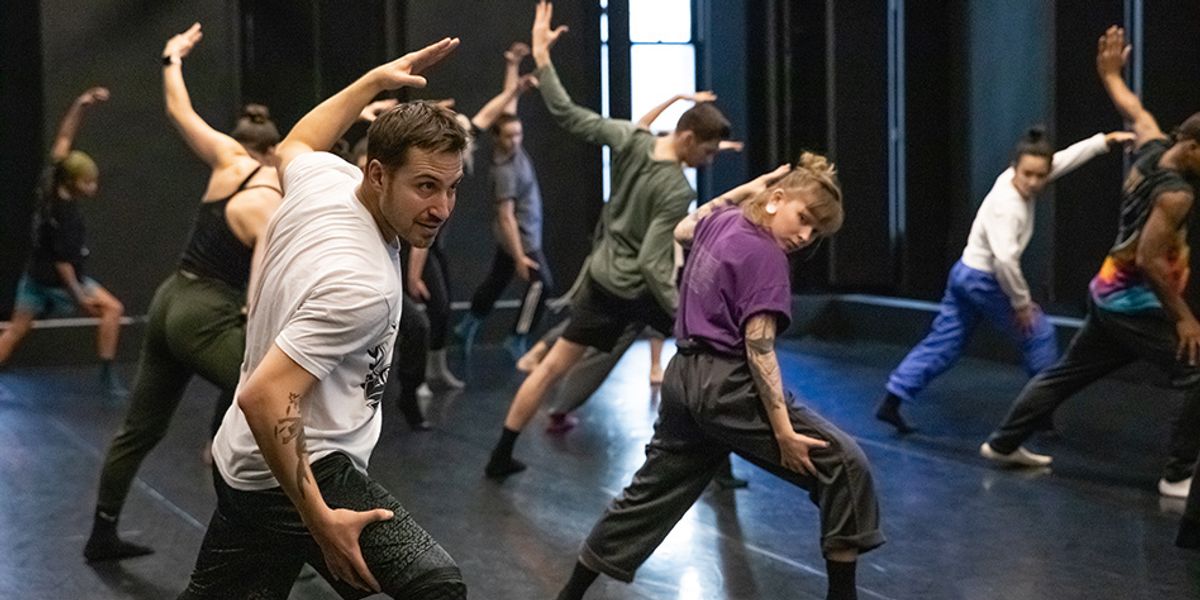Will COVID-19 Shift the Dance Industry Away From Major Cities?
It’s clear that COVID-19 has grossly impacted every facet of American life, but could it lead to the decentralization of the dance industry? In the wake of the pandemic, major cities saw dancers leave hot zones and epicenters for middle America—many relocating indefinitely in the face of lost income as the crisis endures. Some are wondering if this sudden scattering may alter the size and makeup of the field, leading to a geographic shift in the dance industry.

Jo Chiang, Courtesy Dance/NYC
In mid-March, service organization Dance/NYC began collecting data on how COVID-19 was impacting the New York City dance landscape. While Dance/NYC did not specifically ask if dancers were migrating away from the city, some sources volunteered that information in open-ended responses. Out of 1,166 respondents, 7 percent noted they had relocated to stay with family and “escape the virus,” with additional respondents stating they were considering leaving.
The exorbitant cost of living in New York City has long plagued dancers striving to make ends meet on artist wages. With coronavirus cutting off income from performances as well as service and retail industry side hustles, the city has become unaffordable for many. Dance/NYC executive director Alejandra Duque Cifuentes fears some dancers may stop dancing altogether post-pandemic. “This crisis has highlighted the severity of income inequality,” she says. “People may need to change careers entirely in order to afford to eat.”
A more optimistic possibility is that dancers could move to their hometowns and nurture their local communities instead of solely focusing on major cities and touring. However, Duque Cifuentes feels it may be too early to predict a full decentralization of the field. “In order for decentralization to be sustained, it must come with intentional investment and organization,” she says. “One of the reasons people come to New York City is we have a concentration of not just major dance companies, but also educational and development programs.” (It’s worth noting, however, that revenue loss and rising rent costs also impact organizations; Duque Cifuentes warns we might see closures in New York City.) For dance to thrive in an area, there must be a connection between culture and community there. “You need cities that invest in the arts as dignified work that should be paid,” Duque Cifuentes says.
Gregory Dolbashian, artistic director of The DASH Ensemble and lifelong New Yorker, left for Dallas in mid-March, just as coronavirus cases began to flare. Since relocating, Dolbashian has been busy working on his DASH Academy program (based in Dallas since 2019). He has folded lost company plans into academy opportunities, keeping his dancers paid through remote teaching and by turning what would have been live performances for the Ensemble into collaborative film and multimedia projects. Some of his artists plan to relocate to Dallas this year, with others traveling from their respective homes for extended work periods with the company.
“Decentralizing the dance industry doesn’t take anything away from major cities—it simply gives us more opportunities to dance,” Dolbashian says. “Instead of our network being solely on the East and West coasts, we can open ourselves up to so much more.” It might have taken a major crisis to start the shift, but he sees potential in the idea. “Most everything in the industry has been canceled or postponed,” he says. “The only thing that makes sense right now is to do something entirely different.”




